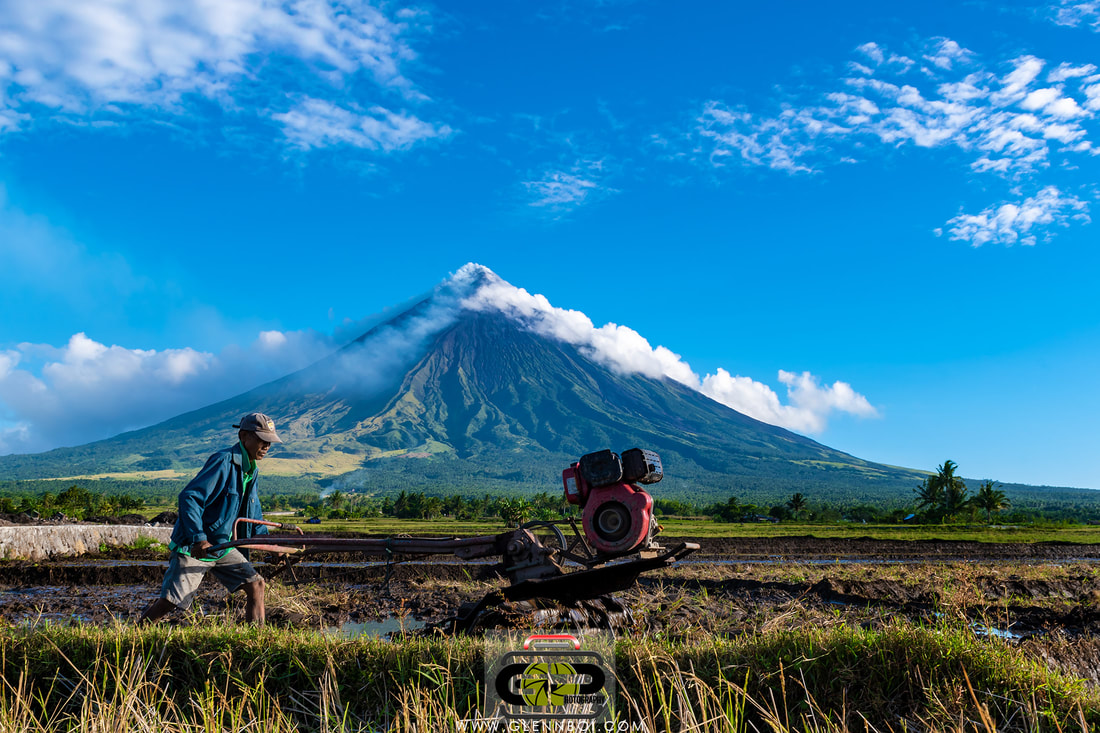www.glennboi.com
An old photograph of the Cagsawa ruins with the façade still standing. The church was largely destroyed during the 1814 eruption of Mayon. Only the bell tower exists today.
The most destructive eruption of Mayon occurred on February 1, 1814 (VEI=4). Lava flowed but less than the 1766 eruption. The volcano belched dark ash and eventually bombarded the town of Cagsawa with tephra that buried it. Trees burned, and rivers were certainly damaged. Proximate areas were also devastated by the eruption, with ash accumulating to 9 m (30 ft) in depth. In Cagsawa, 1,200 locals perished in what is considered to be the most lethal eruption in Mayon's history according to PHIVOLCS. The eruption is believed to have contributed to the accumulation of atmospheric ash together with the catastrophic 1815 eruption of other volcanoes like Indonesia's Mount Tambora, leading to the Year Without a Summer in 1816.
Source: Wikipedia



 RSS Feed
RSS Feed